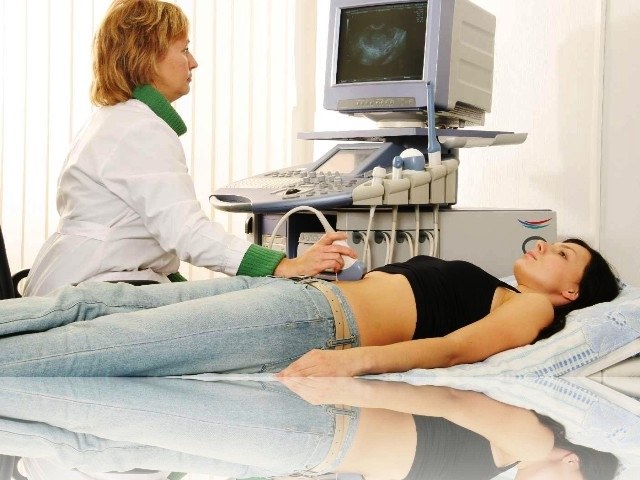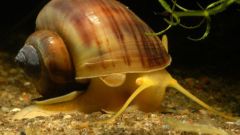A cyst is a bubble with thin walls and fluid contents. The cells walls produce new liquid, and the bubble volume increases. Cyst in several cases: if they become infected, become cancerous or too large in size.
Cystic formation may appear in almost any body tissues. Most common cyst of the ovary, liver or breast cancer, and complaints of pain and discomfort does not happen often at all. Depending on the mechanism of formation there are several types:
- ramolitsionnye cyst that appears at the site of inflammation, necrosis of tissues. The tissue or organ dies, separates from the living tissue sheath. Then the dead tissue decomposes, under the action of enzymes becomes semi-liquid. These cysts can appear in the bones and in the brain.
- Traumatic cyst typical for the pancreas, liver, often it can be found in the hands. It appears as a result of injury of the soft tissues of the body.
- Parasitic cyst is a parasite body, surrounded by a shell. Is a protective reaction of the organism to the foreign body. These cysts are characteristic of diseases such as cysticercosis and echinococcosis.
- Dizontogeneticheskie cysts appear in the early stages of the formation of the embryo, that is considered innate. They may have composed the beginnings of any organs, tissues of embryonic origin.
- Retention cyst formed by blockage of the excretory ducts of the glands, usually in glandular tissues and organs, for example, in the mammary or salivary glands. The liquid continues to move through the canal and gradually accumulated.
Ovarian cyst usually occurs in young women. Secrete follicular, paraovarian, endometriodnoy, serous, dermoid, mucinous cyst, and the cyst of yellow body.
Luteum cyst occurs if after ovulation the follicle is not filled by the cells of the corpus luteum. It is increased and filled with a yellow liquid, sometimes mixed with blood. In follicular formation walls are created from highly stretched sheath of the corpus luteum or follicle. The cause usually is a hormonal imbalance.
Paraovarian cyst appears in place of the appendage, its walls thin, transparent, with a network of small blood vessels. It is usually detected only by ultrasound, and often does not manifest itself, the menstrual cycle if it is not changed.
The mechanism of formation of cysts in different parts of the body
Cystic formation may appear in almost any body tissues. Most common cyst of the ovary, liver or breast cancer, and complaints of pain and discomfort does not happen often at all. Depending on the mechanism of formation there are several types:
- ramolitsionnye cyst that appears at the site of inflammation, necrosis of tissues. The tissue or organ dies, separates from the living tissue sheath. Then the dead tissue decomposes, under the action of enzymes becomes semi-liquid. These cysts can appear in the bones and in the brain.
- Traumatic cyst typical for the pancreas, liver, often it can be found in the hands. It appears as a result of injury of the soft tissues of the body.
- Parasitic cyst is a parasite body, surrounded by a shell. Is a protective reaction of the organism to the foreign body. These cysts are characteristic of diseases such as cysticercosis and echinococcosis.
- Dizontogeneticheskie cysts appear in the early stages of the formation of the embryo, that is considered innate. They may have composed the beginnings of any organs, tissues of embryonic origin.
- Retention cyst formed by blockage of the excretory ducts of the glands, usually in glandular tissues and organs, for example, in the mammary or salivary glands. The liquid continues to move through the canal and gradually accumulated.
Ovarian cyst
Ovarian cyst usually occurs in young women. Secrete follicular, paraovarian, endometriodnoy, serous, dermoid, mucinous cyst, and the cyst of yellow body.
Luteum cyst occurs if after ovulation the follicle is not filled by the cells of the corpus luteum. It is increased and filled with a yellow liquid, sometimes mixed with blood. In follicular formation walls are created from highly stretched sheath of the corpus luteum or follicle. The cause usually is a hormonal imbalance.
Paraovarian cyst appears in place of the appendage, its walls thin, transparent, with a network of small blood vessels. It is usually detected only by ultrasound, and often does not manifest itself, the menstrual cycle if it is not changed.




